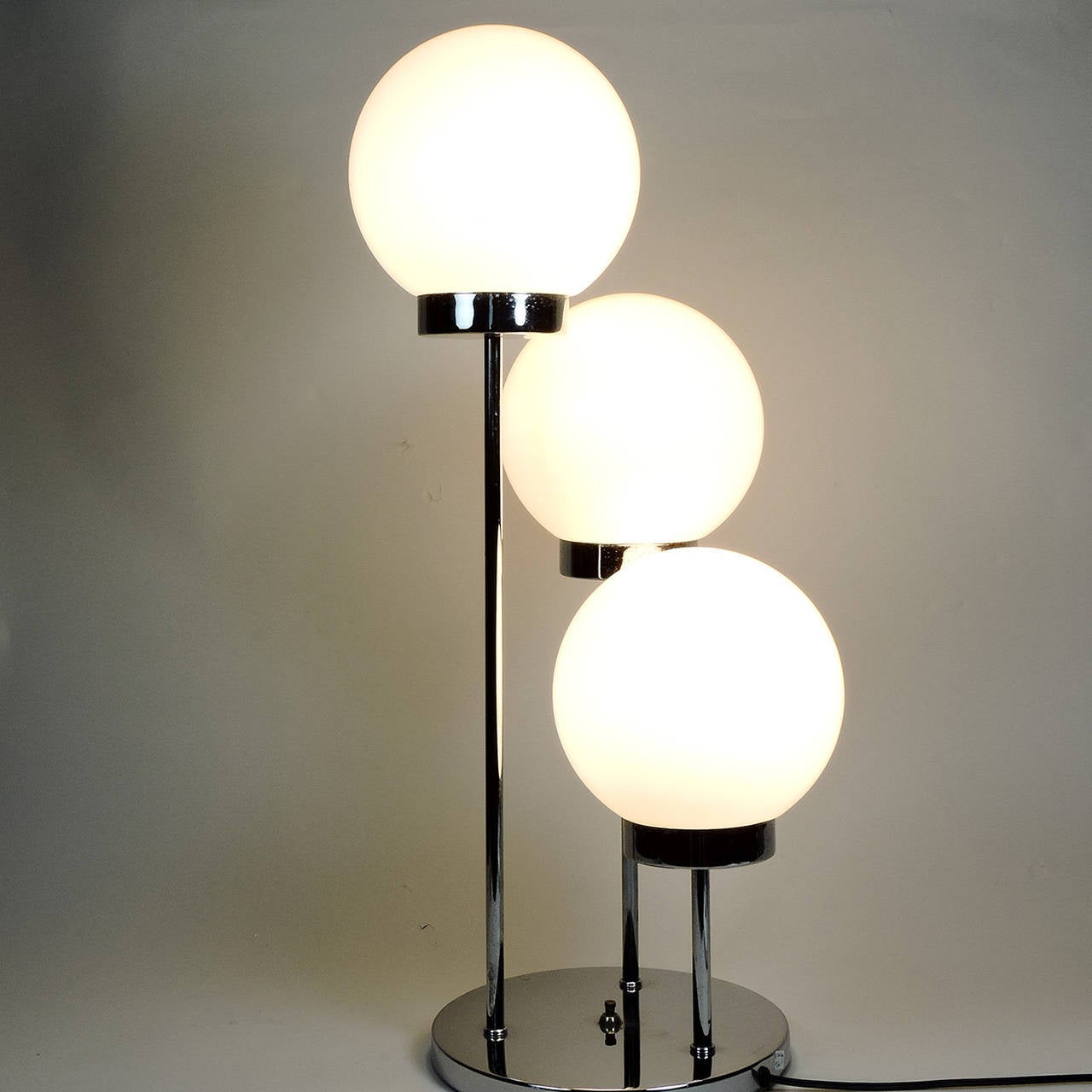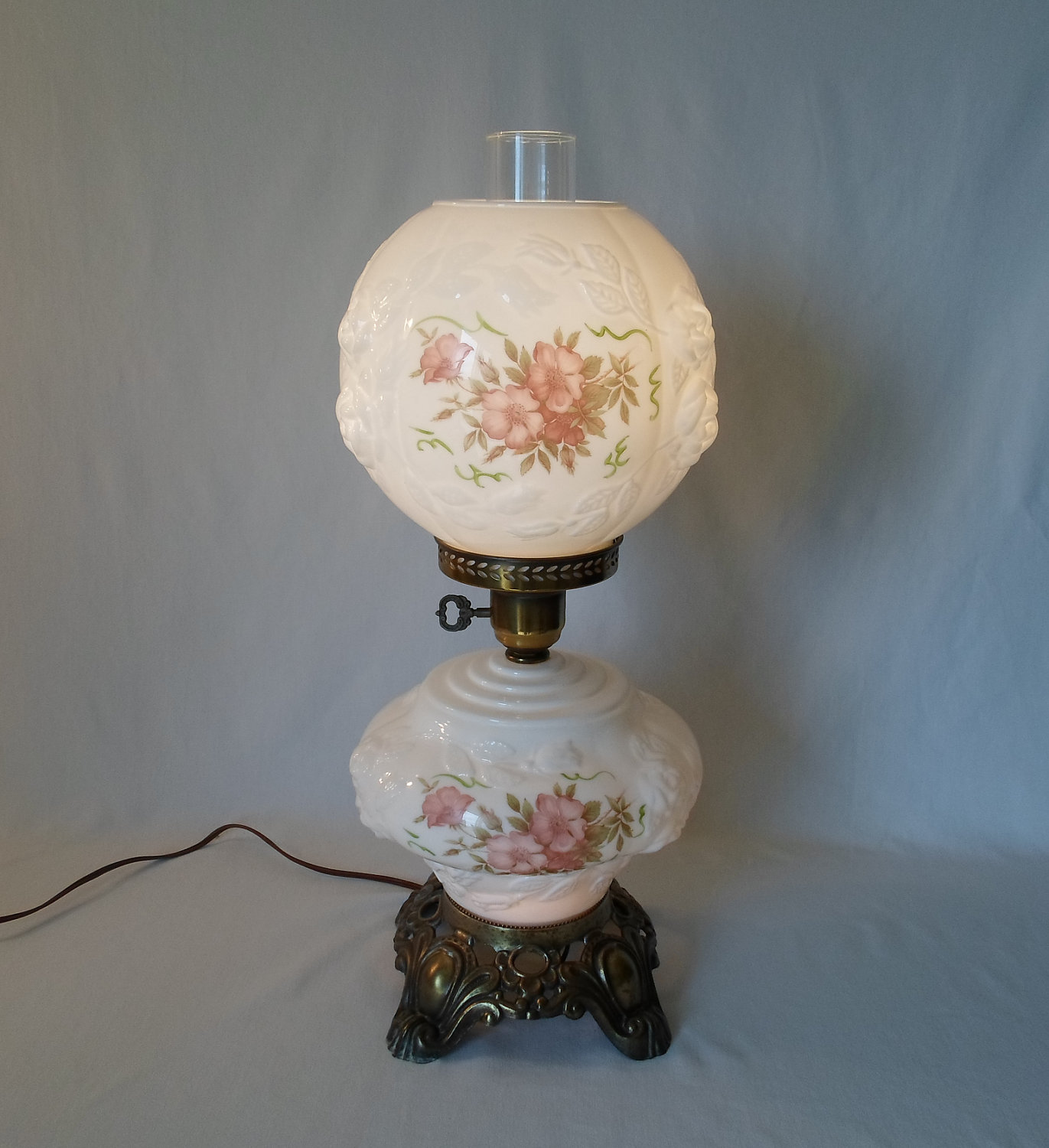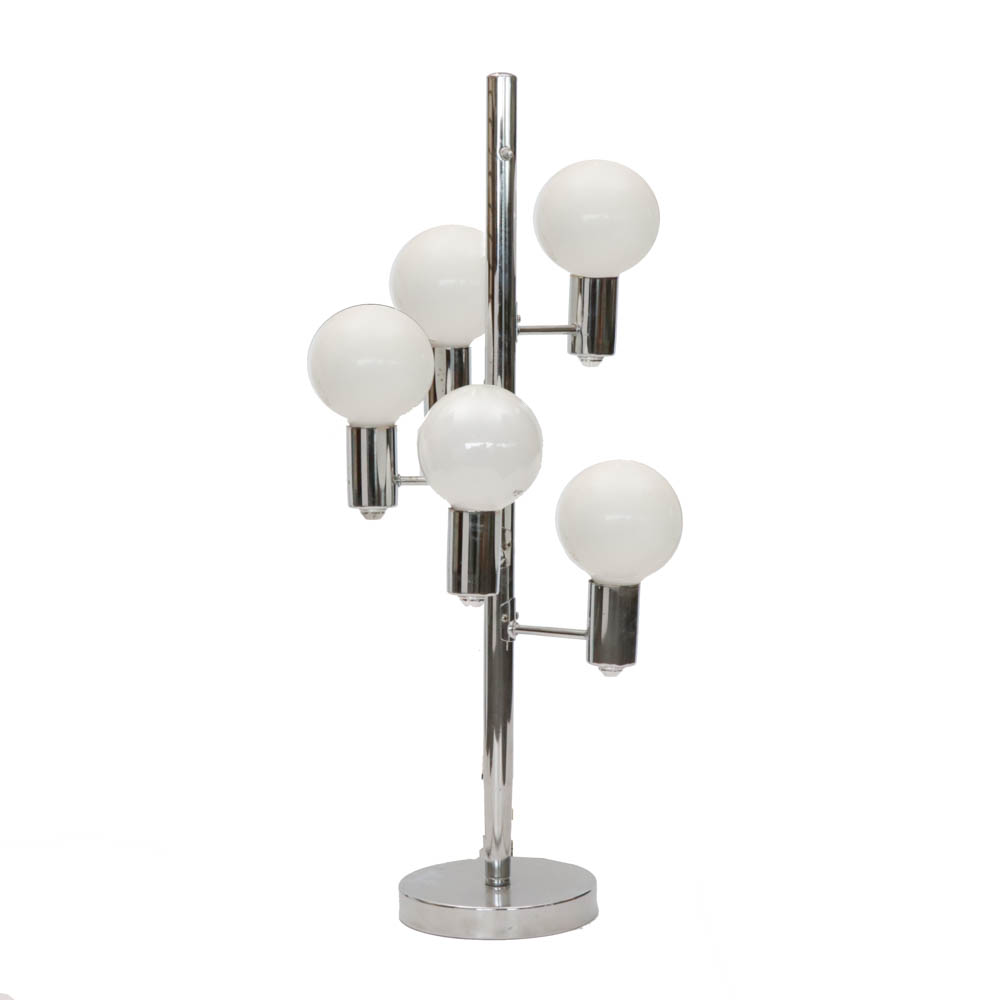

Placing a finger tip on the glass creates an attractive spot for the energy to flow because the conductive human body (having an internal resistance less than 1000 ohms) is more easily polarized than the dielectric material around the electrode (i.e. Interaction The effect of a conducting object (a hand) touching the plasma ball Molecular gases may be dissociated by the plasma. Other gases such as mercury vapor can be used. Of the other noble gases, radon is radioactive, helium escapes through the glass relatively quickly, and krypton is expensive. Tanks of gas, each with its specific, proper, pressure regulator and fitting, are required: one for each of the gases involved. These cannot be used to fill a ball with a useful mixture. The neon available for purchase for a neon-sign shop often comes in glass flasks at the pressure of a partial vacuum. If a very small amount of xenon is added, the "flowers" will bloom at the ends of the filaments. If a little argon is added, the filaments will form. If the radio-frequency power is turned on, if the ball is "struck" or "lit", now, the whole ball will glow a diffuse red. The ball is then back-filled with neon to a pressure similar to one atmosphere. The ball is prepared by pumping out as much air as is practical. The energies flowing through these are all of the same polarity so they repel each other as like charges: a thin dark boundary surrounds each footprint on the inner electrode. The tendrils each compete for a footprint on the inner orb as well. As the power is increased, this single channel's capacity is overwhelmed and a second channel forms, then a third, and so on. This single tendril's plasma channel engages enough space to transmit this lowest striking energy to the outside world through the glass of the ball.

At the very lowest setting that will light or "strike" the ball, a single tendril is made.

Some balls have a control knob that varies the amount of power going to the center electrode. If a hand is placed close to the ball it produces a faint smell of ozone, as the gas is produced by high voltage interaction with atmospheric oxygen.

Plasma filaments extend from the inner electrode to the outer glass insulator, giving the appearance of moving tendrils of colored light within the volume of the ball (see corona discharge and electric glow discharge). In this case, the radio-frequency energy is admitted into the larger space by capacitive coupling right through the glass. A much smaller hollow glass orb can also serve as an electrode when it is filled with metal wool or a conducting fluid that is in communication with the transformer output. Additionally, some designs utilize the ball as a resonant cavity, which provides positive feedback to the drive transistor through the transformer. The radio-frequency energy from the transformer is transmitted into the gas within the ball through an electrode at its center. The drive circuit is essentially a specialized power inverter, in which current from a lower-voltage DC supply powers a high-frequency electronic oscillator circuit whose output is stepped up by a high-frequency, high-voltage transformer. Plasma balls are driven by high-frequency (approximately 35 kHz) alternating current at 2–5 kV. Ī crackle tube is a related device filled with phosphor-coated beads.Īlthough many variations exist, a plasma ball is usually a clear glass sphere filled with a mixture of various gases (most commonly neon, sometimes with other noble gases such as argon, xenon and krypton) at nearly atmospheric pressure. The modern plasma lamp design was developed by James Falk and MIT student Bill Parker. Tesla called his invention an " inert gas discharge tube". The plasma lamp was invented by Nikola Tesla, during his experimentation with high-frequency currents in an evacuated glass tube for the purpose of studying high voltage phenomena. Plasma balls were popular as novelty items in the 1980s. Plasma filaments extend from the inner electrode to the outer glass insulator, giving the appearance of multiple constant beams of colored light (see corona discharge and electric glow discharge). When voltage is applied, a plasma is formed within the container. JSTOR ( January 2016) ( Learn how and when to remove this template message)Ī plasma ball with filaments extending between the inner and outer spheresĪ plasma ball, plasma globe or plasma lamp is a clear glass container filled with a mixture of various noble gases with a high-voltage electrode in the center of the container.Unsourced material may be challenged and removed. Please help improve this article by adding citations to reliable sources. This article needs additional citations for verification.


 0 kommentar(er)
0 kommentar(er)
